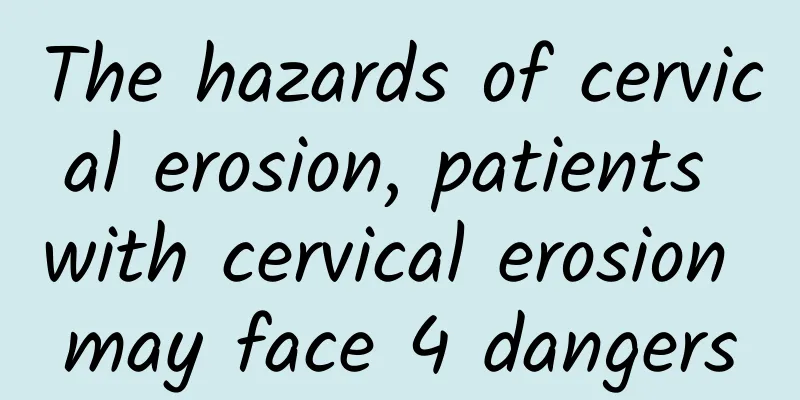How to check if there is cervical erosion

|
Cervical erosion can be diagnosed through gynecological examination, cervical cytology TCT and HPV testing. These examination methods can accurately assess the health of the cervix and detect abnormalities in time. 1. Gynecological examination Gynecological examination is the basic method for diagnosing cervical erosion. The doctor examines the surface of the cervix through a colposcope to observe whether there is erosion, congestion or abnormal secretions. This method is intuitive and fast, but it cannot determine the specific type and severity of erosion. Gynecological examination is suitable as a preliminary screening method to help doctors decide whether further examination is needed. 2. Cervical cytology test (TCT) Cervical cytology is a non-invasive test method that collects cell samples from the surface of the cervix and observes them under a microscope. TCT can detect abnormal changes in cervical cells and detect cervical precancerous lesions at an early stage. This method is suitable for all women, especially those over 30 years old, and it is recommended to be tested every 1-2 years. When the TCT result is abnormal, the doctor may recommend further examination or treatment. 3. HPV testing HPV testing assesses the risk of cervical lesions by detecting the presence of human papillomavirus (HPV) infection in cervical cells. HPV infection is one of the main causes of cervical erosion and cervical cancer. HPV testing can be performed alone or in combination with TCT to improve the accuracy of diagnosis. For women with a positive HPV test, doctors may recommend more frequent follow-up or further examinations. There are various methods for checking cervical erosion, each with its own unique advantages and applicable population. Gynecological examination is suitable for preliminary screening, while TCT and HPV testing can provide more detailed diagnostic information. It is recommended that women regularly conduct cervical health assessments based on their own conditions and choose appropriate examination methods. Early detection and timely treatment can effectively prevent the further development of cervical erosion and protect women's health. |
<<: Postpartum adhesions at the internal cervical os
>>: What are the symptoms of adnexitis in the elderly?
Recommend
What are the transmission routes of pelvic peritonitis?
Pelvic peritonitis is a common gynecological dise...
Why do other things come out during menstrual bleeding?
Why do other things come out during menstrual ble...
How long after abortion can I take a shower?
The time you can take a shower after an abortion ...
What to do if menopausal bleeding does not stop? There are several ways
Menopausal bleeding is often caused by genital di...
Can you eat salted chicken while losing weight? Nutritionists teach you how to eat without getting fat
For those who want to lose weight by eating out f...
Pelvic inflammatory disease usually starts with lower abdominal pain
Pelvic inflammatory disease usually starts with l...
Recommended effective treatment methods for early stage adnexitis
The early stage is the best time to treat adnexit...
What medicine is most effective for uterine fibroids? What vegetables can eliminate uterine fibroids?
Uterine fibroids are a common benign tumor in gyn...
Experts analyze the causes of dysmenorrhea in women
Women often experience dysmenorrhea, which is a h...
Are you a Matcha girl? 6 benefits of matcha that you must drink
Matcha was originally a tea drink exclusive to Ja...
Do I need surgery for an ectopic pregnancy that lasts more than a month?
Ectopic pregnancy generally refers to ectopic pre...
What is the diagnosis of premature ovarian failure?
How to judge premature ovarian failure? Premature...
How to treat endometrial thickening effectively
The noisy life makes our hearts restless. In this...
What causes cervical erosion?
How does cervical erosion occur? 1. Excessive men...
How long does it take for cervical precancerous lesions to recur?
Cervical precancerous lesions are a relatively co...









